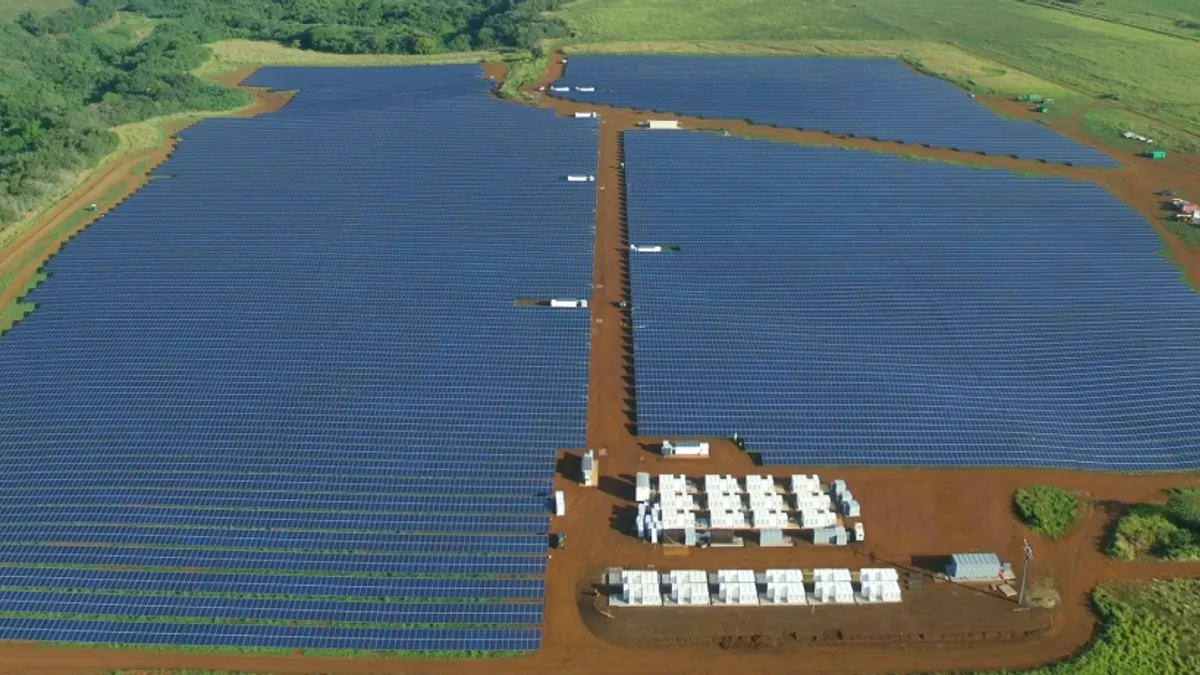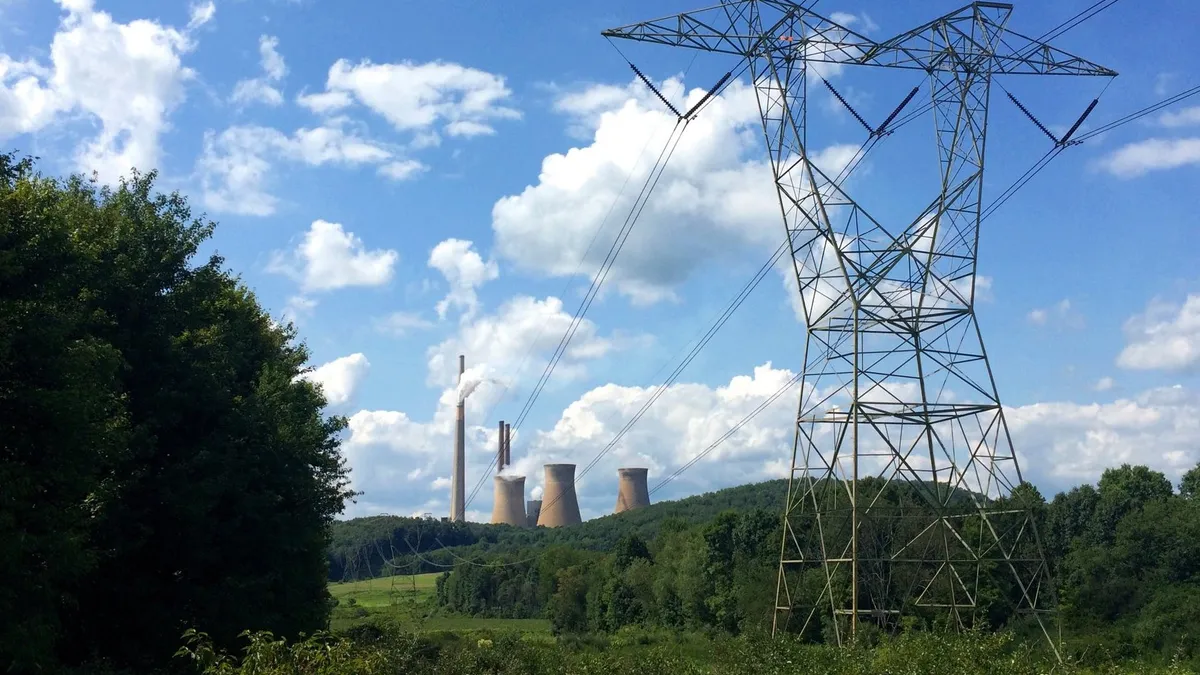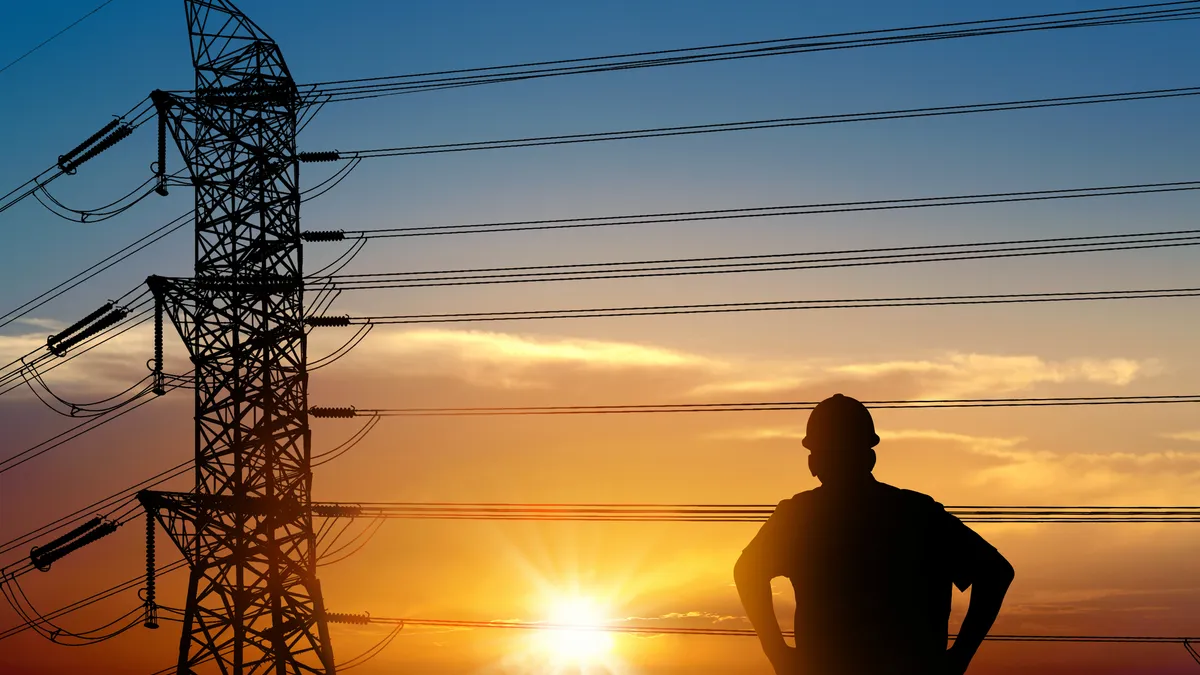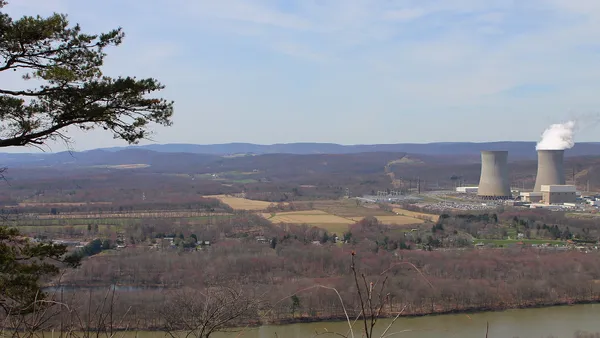Evidently there’s more than one way to skin a duck.
Advocates say, given the right incentives, energy storage could help flatten the duck. The duck, of course, is the “duck curve” made famous by the California ISO as a representation of what happens when mid-day solar power peaks and then begins to fade and drop off, leading to a sharp spike in evening demand.
The common cure for the duck, a condition that is expected to become exacerbated as solar power grows, has been fast ramping gas-fired generation. Manufacturers such as General Electric and Siemens have already responded with turbines designed to serve the fast-ramping market niche.
But there could be an even cleaner solution, argues Lon Huber, senior director at Strategen Consulting. In a recent blog post, Roasting the Duck, he argues that the current model for renewable energy procurement is a “race to the bottom,” leading to lower costs.
While lower cost renewable power is generally a good thing, the declines come with a price of their own. Huber cites the recent $0.045/kWh power purchase agreement Tucson Electric Power signed for a 100 MW solar array paired with a 30 MW, 120 MWh energy storage facility. Unpacking the PPA revealed that the solar portion of the deal is priced around $0.03/kWh, meaning that the storage portion priced in at $0.015/kWh.
Huber argues that the TEP PPA shows that for a relatively small incremental cost, storage can offer benefits that could be lost if states and utilities continue to operate under old frameworks. The drive to ever lower costs could lead to the selection of standalone solar projects and push storage out of the picture. Huber argues there is an opportunity cost to that strategy.
Without storage or other mitigation measures for the duck curve, "costs pop up in other parts of the system,” Huber argues. The challenge is how to value those costs. He cites California’s Low Carbon Grid Study, which “demonstrated that ratepayers could save more than $1 billion per year in California if renewables were deployed in a smart and portfolio-balanced fashion.”
Clean Peak: A duck curve solution?
Huber says one way to put a value on solar-plus-storage would be to adopt a Clean Peak Standard, a concept put forward by Strategen on behalf of the Arizona consumer advocate. The CPS builds on the RPS concept by adding time based incentive payments for renewable power.
Under the CPS not every MWh of renewable energy would be equal. Power generated during peak hours or when flexible power or ramping power is needed would receive higher compensation.
The Arizona Corporation Commission (ACC) was considering a Clean Peak Standard when the docket that included the CPS was put on hold. That docket included discussion of the state’s Renewable Energy Standards and Tariffs (REST), which could be also be altered by a parallel rate case for Arizona Public Service. In a May letter, Commissioner Doug Little deferred action on the REST proceeding until net metering issues in the APS rate case are resolved.
According to an ACC staffer, CPS has the attention of at least two commissioners and the ACC is likely to take the issue up this fall. The staffer requested anonymity because they were not authorized to speak on the record about the pending proceeding.
Arizona utilities, meanwhile, seem to recognize the value of adding storage to solar power, at least informally. Arizona Public Service has been receiving power from the 280 MW Solana concentrated solar power project with thermal storage since 2013. Salt River Project in April signed a 20-year power purchase agreement with NextEra Energy Resources for the Pinal Central Energy Center near Coolidge, which combines a 20 MW solar array with a 10 MW lithium-ion storage system. And Tucson Electric in February said it is moving ahead with three energy storage projects.
But some utility managers seem to be less convinced of the ability of storage to solve duck curve issues. In a past article, Carmine Tilghman, senior director for energy supply at Tucson Electric, said the solar-plus-storage PPA helps address Arizona’s version of the duck curve, which he said is “far more exacerbated than the California curve due to the predominant feature of solar relative to other renewables.”
But storage alone is not sufficient to address the duck curve, Tilghman said, noting that most battery arrays would only discharge once a day. TEP is looking at more than storage to address the issue and does not support the CPS, which Tilghman said “solves a problem we don’t have.”
The integrated resource plan TEP filed with the Arizona Corporation Commission in April calls the expansion of the utility’s fleet of combined-cycle gas turbine plants, the addition of 200 MW of reciprocating engines and 200 MW of storage.
The aim at Arizona Public Service is to be “duck curve neutral,” said Jeff Burke, manager of resource planning and analysis at the utility. In his view, if APS were to sign a PPA for 100 MW of solar and 30 MW of storage, “it would have added 70 MW to the duck.”
From a utility manager’s perspective, storage can offer the valuable capability of absorbing solar generation at midday so baseload plants do not have to be backed off. If baseload generation can run through the afternoon and to the evening peak, it makes the ramp less steep.
“We need at least four hours” of energy storage, said Burke. And in times like last month when temperatures hit 120°F four days in a row, “we have six or seven hour peaks."
To be duck curve neutral, a storage system would have to be matched to the solar output and that would make the battery “more expensive than the solar system on a per unit basis,” said Burke.
Given the current limitations of pairing solar and storage, the greatest mitigation benefit could come from a standalone storage unit, but then other considerations come into play.
One of the drivers of deals like TEP’s recent PPA is that the project can take advantage of the Investment Tax Credit (ITC), which is set to begin winding down in 2020. The 30% credit reduces capital costs, but only if the storage unit is combined with and is charged at least 70% by the solar plant. Building a storage facility on a standalone basis would be “prohibitively expensive,” said Burke.
But if there were another way to value peak demand reduction or quick ramping resources, that could change the equation. Huber argues that could be accomplished with a Clean Peak Standard.
To test his idea, Strategen examined what would happen to the duck curve in California if energy storage were included as a component of all its utility-scale solar PV projects. The results, as shown in his blog post, were dramatic. “We moderated the slope of the duck’s neck and chopped the head of the duck off for $0.015/kWh. added to PPAs,” Huber wrote.
Huber admits that the scenarios that Strategen ran are “very high level and would need a full study to accurately gauge the benefits that would likely have diminishing returns.” But given that solar power continues to grow, adding to the steepness of the ramp or duck’s neck, it seems likely that there will be an impetus for someone to undertake those studies.
At the least, it seems sure the duck curve is not going away any time soon.
This post has been updated to change the chart displayed from the Strategen blog post. A previous version displayed a forecast based on only new solar paired with storage, not all solar as the post indicates.






















